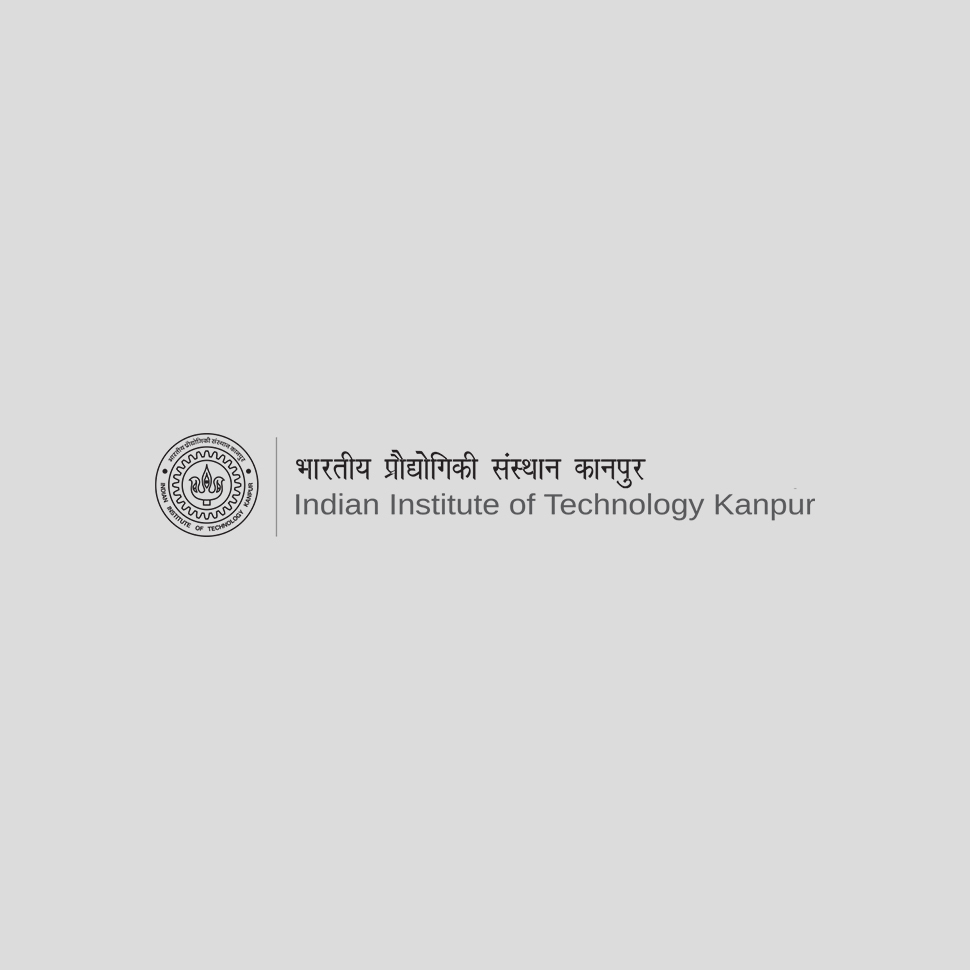
Prerequisites:
3-0-0-9
Course Contents
1. History of friction and lubrication studies, Origins of friction, Coulomb's theory, Archard's theory, Bowden and Tabor's theory, Hardness of metals and ductile materials, contact area calculations, Hertzian model, JKR model, Atomic scale understanding of friction, Surface forces (van der Waals, electrostatic, hydrogen bonding etc.), adhesion models/nano rheology, meniscus and surface models, static friction, stick slip phenomenon, friction anisotropy, concept of super lubricity, micro nano scale wear phenomenon, tribology in wet environment, capillary force, Young and La place equation.
2. Liquid lubrication, lubrication regimes, load bearing equation, journal bearings, elasto hydro dynamic lubrication, film thickness calculation, Boundary lubrication, characteristics of boundary lubricants, liquid lubricants, additives, confined molecularly thin liquid films, Friction phase diagram, nano lubrication and effects of nano texturing on nano lubrication.
3. Nano tribological measurements: nano scratching, atomic force microscopy tests, friction force microscopy, surface force apparatus, Tabor and Winter ton design for surface force measurement, surface analytical tools such as FTIR, XPS and FESEM for tribo logical research. Experimental results on model surfaces.
4. Effects of surface/material parameters on micro/nano scale friction (Load effects, speed effects, surface energy, surface l roughness effects on adhesion and friction, humidity molecular structure, contact mechanical properties, hardness). Scaling effect, tribo charging.
Topics
Current Course Information
Instructor(s):
Number of sections:
Tutors for each section:
Schedule for Lectures:
Schedule for Tutorial:
Schedule for Labs:



